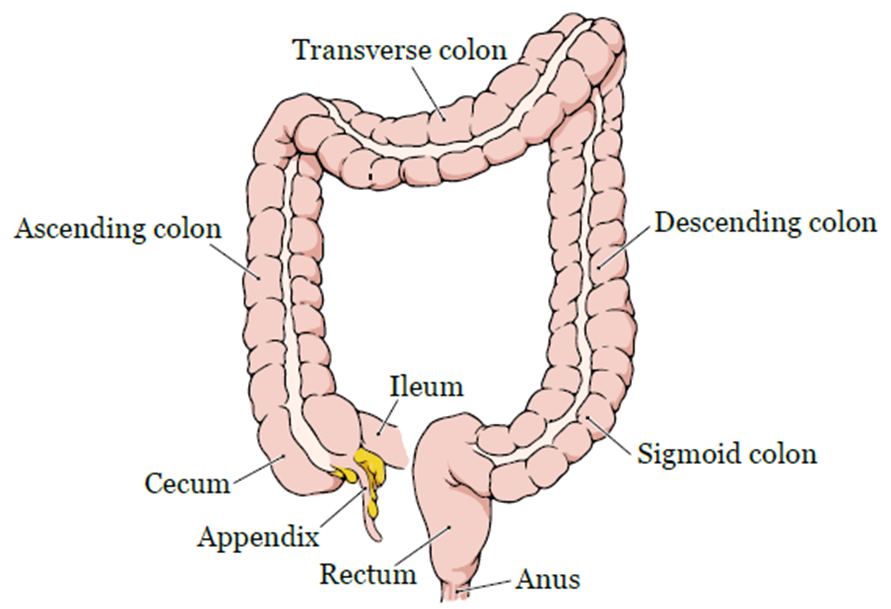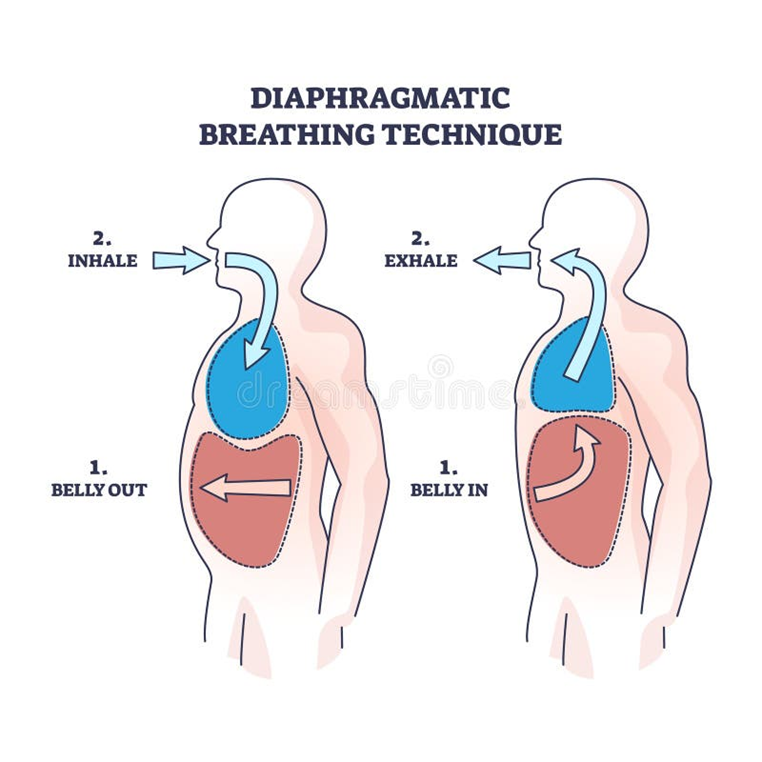A nurse is caring for a client brought to the emergency room. The client’s caregiver reports the client had a sudden onset of confusion. Which intervening technique by the nurse is most appropriate to evaluate mentation for this client?
Ask close-ended questions.
Ask open-ended questions.
Use directive questions.
Use reflective questions.
The Correct Answer is B
Choice A Reason:
Ask close-ended questions is incorrect. Close-ended questions typically elicit short, specific responses such as “yes” or “no.” While they can be useful in certain situations, they do not provide enough information to thoroughly assess a client’s mental status. Open-ended questions allow the client to express themselves more fully, providing the nurse with better insight into their cognitive function.
Choice B Reason:
Ask open-ended questions is correct. Open-ended questions encourage the client to elaborate on their thoughts and feelings, which can reveal more about their mental status. This type of questioning helps the nurse assess the client’s orientation, memory, and thought processes more effectively.
Choice C Reason:
Use directive questions is incorrect. Directive questions are more structured and guide the client towards specific answers. While they can be useful for obtaining specific information, they do not allow for a comprehensive assessment of the client’s mental status.
Choice D Reason:
Use reflective questions is incorrect. Reflective questions are used to encourage the client to think more deeply about their responses and feelings. While they can be helpful in therapeutic settings, they are not the most effective for an initial assessment of mental status.
Nursing Test Bank
Naxlex Comprehensive Predictor Exams
Related Questions
Correct Answer is A
Explanation
Choice A Reason:
A 24-hour urinary output of 380 mL indicates oliguria. Oliguria is defined as a urine output of less than 400-500 mL per day in adults. This condition can be caused by various factors, including dehydration, kidney dysfunction, or postoperative complications. Monitoring urine output is crucial for assessing kidney function and overall fluid balance, especially after major surgeries like a colon resection.

Choice B Reason:
A 24-hour urinary output of 550 mL is slightly above the threshold for oliguria. While it is still relatively low, it does not meet the strict criteria for oliguria, which is typically defined as less than 400-500 mL per day. This output suggests that the client is producing an adequate amount of urine, though it may still warrant close monitoring to ensure it does not decrease further.
Choice C Reason:
A 24-hour urinary output of 600 mL is within the normal range and does not indicate oliguria. Normal urine output for adults is generally considered to be around 800-2000 mL per day, depending on fluid intake and other factors. This output suggests that the client’s kidneys are functioning properly and that there is no immediate concern for oliguria.
Choice D Reason:
A 24-hour urinary output of 720 mL is also within the normal range and does not indicate oliguria. This output is closer to the lower end of the normal range but still suggests adequate kidney function. It is important to continue monitoring the client’s urine output to ensure it remains within a healthy range, especially after surgery.
Correct Answer is D
Explanation
The correct answer is d) Tighten the abdominal muscles while exhaling.
Choice A Reason:
“Raise both shoulders while breathing deeply” is incorrect. Diaphragmatic breathing focuses on using the diaphragm rather than the shoulders. Raising the shoulders can lead to shallow chest breathing, which is less effective for oxygen exchange.
Choice B Reason:
“Inhale through the mouth” is incorrect. For diaphragmatic breathing, it is recommended to inhale through the nose. This helps filter, warm, and humidify the air before it reaches the lungs.
Choice C Reason:
“Exhale through the nose” is incorrect. While exhaling through the nose is beneficial in some breathing exercises, diaphragmatic breathing typically involves exhaling through pursed lips. This technique helps slow down the exhalation and keeps the airways open longer.
Choice D Reason:
“Tighten the abdominal muscles while exhaling” is correct. Tightening the abdominal muscles helps push the diaphragm up, forcing air out of the lungs more efficiently. This action is a key component of effective diaphragmatic breathing.

Whether you are a student looking to ace your exams or a practicing nurse seeking to enhance your expertise , our nursing education contents will empower you with the confidence and competence to make a difference in the lives of patients and become a respected leader in the healthcare field.
Visit Naxlex, invest in your future and unlock endless possibilities with our unparalleled nursing education contents today
Report Wrong Answer on the Current Question
Do you disagree with the answer? If yes, what is your expected answer? Explain.
Kindly be descriptive with the issue you are facing.
